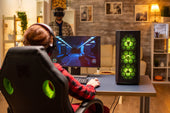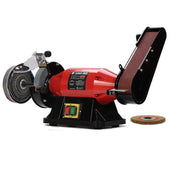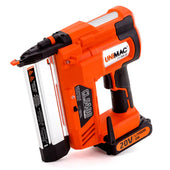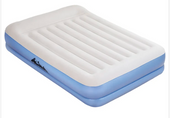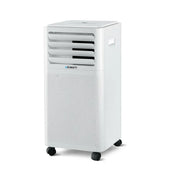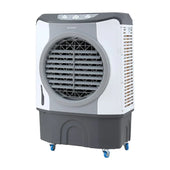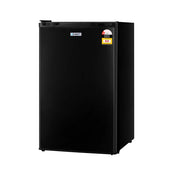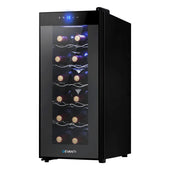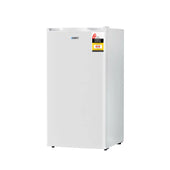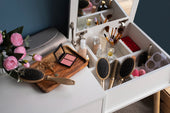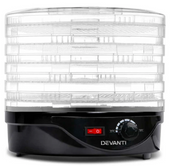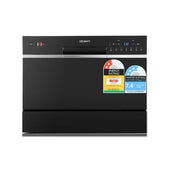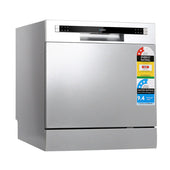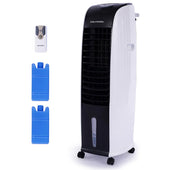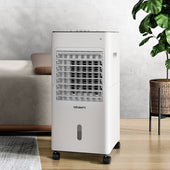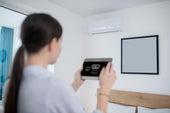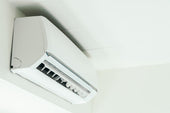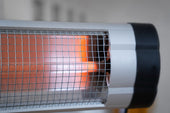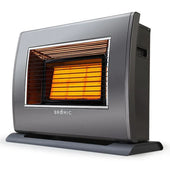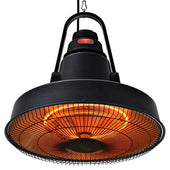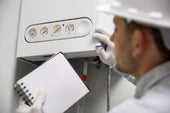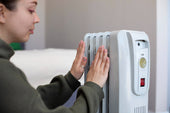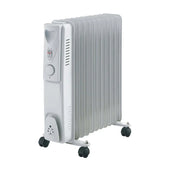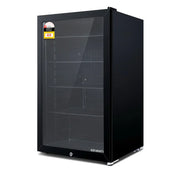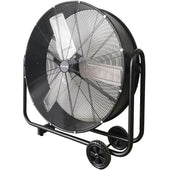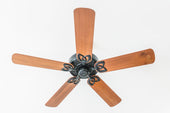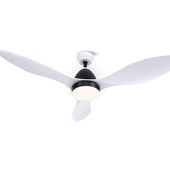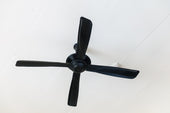Understanding the Benefits of Building a Custom Desktop
Building a custom desktop offers several advantages that cater to individual needs and preferences.
- Performance Optimisation: Custom desktops allow users to hand-pick components such as the processor, graphics card, and memory, ensuring better performance tailored to specific tasks like gaming or video editing.
- Cost Efficiency: By choosing parts that align with one’s requirements, it becomes easier to manage costs without overspending on unnecessary features.
- Upgradability: Unlike pre-built systems, custom desktops provide greater flexibility for future upgrades, extending their lifespan.
- Control Over Quality: Users can select reputable hardware brands, avoiding cheaper parts often used in pre-assembled systems.
- Aesthetic and Functional Customisation: From RGB lighting to silent cooling systems, personalising both the appearance and functionality becomes possible.
Essential Components You Will Need for Your Build
Building a custom desktop requires procuring the right components to ensure compatibility and performance. Below is a list of essential parts you will need:
- Central Processing Unit (CPU): Acts as the brain of the computer. Choose a processor compatible with your motherboard’s socket type.
- Motherboard: The main circuit board where all components connect. It should support your CPU and desired features like RAM slots and PCIe ports.
- Memory (RAM): Handles temporary data storage for fast access. Select a capacity and speed supported by the motherboard.
- Storage Drive: Options include SSDs for speed and HDDs for capacity. Ensure proper connectors like SATA or NVMe.
- Graphics Processing Unit (GPU): Processes visuals, especially important for gaming or video editing tasks.
- Power Supply Unit (PSU): Delivers adequate and stable power to all components. Its wattage should match the system’s power draw.
- Case: Houses all components. Choose based on aesthetic preference and compatibility with the motherboard form factor (e.g., ATX, Micro-ATX).
- Cooling System: Includes CPU coolers, fans, or liquid cooling to maintain safe component temperatures.
- Peripherals: Includes a keyboard, mouse, monitor, and possibly external storage.
Selecting high-quality and compatible components is critical to building a reliable custom desktop.
Setting a Budget for Your First Custom Desktop
Establishing a budget is a crucial first step when building a custom desktop. It determines the quality and performance of the components you can afford while helping to avoid overspending. Begin by evaluating how you plan to use the desktop.
- Basic Usage: For general tasks like web browsing or basic office work, aim for a budget of £300–£600.
- Gaming: Gamers should allocate £800–£1,500, depending on the desired settings and frame rates.
- Professional Work: For tasks like video editing or 3D rendering, expect to spend £1,500 or more.
Factor in peripherals, software, and potential shipping fees. Always prioritise essential components first, such as the CPU, GPU, and motherboard.
How to Choose the Right Parts for Compatibility
Selecting compatible parts is crucial when building a desktop. Start by identifying your processor (CPU) choice, since it determines the motherboard socket type and chipset. Ensure the motherboard supports the CPU generation and features like overclocking if needed. Check the RAM compatibility with both the motherboard and CPU, including supported speeds and type (e.g., DDR4 or DDR5).
During days, when selecting a graphics card, confirm the motherboard has the necessary PCIe slot and sufficient space in the case. Match the power supply unit (PSU) wattage with the power requirements of all components. Storage types, like SSDs or HDDs, must align with interface options such as SATA or NVMe.
Step-by-Step Guide to Assembling Your Components
To begin, ensure a clean and organised workspace with good lighting. Lay out all components and tools needed for assembly. Follow these steps to build your custom desktop:
- Install the CPU: Open the motherboard socket. Align the CPU’s notches with the socket, gently place it, and close the latch.
- Attach the Cooler: Secure the thermal paste, then mount the cooler over the CPU using the provided brackets.
- Insert RAM Modules: Align the RAM with the motherboard slots, then press firmly until the tabs click.
- Mount the Motherboard: Secure the motherboard to the case using standoffs and screws.
- Install Storage Drives: Place SSDs or HDDs into designated bays and connect appropriate data cables.
- Add the GPU: Insert the graphics card into its PCIe slot and firmly secure it with screws.
- Connect the PSU: Connect power cables to all components and attach the PSU securely to the case.
- Wire Management: Organise and zip-tie cables to improve airflow.
Finally, verify all connections before powering on.
Installing and Configuring the Operating System
After assembling the hardware, the next step is to install an operating system (OS). Start by acquiring a bootable USB drive with the desired OS, such as Windows or Linux. Insert the USB drive and power on the system. Access the BIOS/UEFI by pressing the designated key (often Del or F2) during boot.
Configure the boot order to prioritise the USB drive. Save changes, exit, and the system will load the OS installer. Follow on-screen steps to select language, partition the drive, and initiate installation. Once installed, configure updates, drivers, and preferences. Restart the system to finalise setup.
Powering On: Testing and Troubleshooting the Build
Once all components are installed, connect the computer to a power source and turn on the power supply switch. Observe whether the motherboard’s LEDs light up, indicating power delivery. Next, press the power button on the case to see if the system powers on properly.
If no response occurs, check the connections, ensuring cables are seated securely. Inspect the 24-pin motherboard and CPU power cables for correct placement. If the system powers on but doesn’t display anything, verify the RAM sticks are correctly installed and seated.
For further troubleshooting, listen for beep codes from the motherboard, referencing the manual to decode potential issues.
Essential Tools and Tips for a Smooth Build Process
Building a custom desktop requires proper preparation and the right tools to ensure each step is efficient and error-free. Essential tools include a Phillips-head screwdriver, anti-static wrist strap, thermal paste (if not pre-applied), and a cable management kit. Gathering all parts, such as the CPU, motherboard, and RAM, before starting is crucial to avoid interruptions.
Keep the workspace clean, well-lit, and static-free. Refer to the motherboard manual for proper connections. Use zip ties to organise cables, ensuring airflow is unobstructed. Test the build outside the case initially to identify issues early. Stay patient and double-check connections to prevent mishaps.
Upgrading and Future-Proofing Your Custom Desktop
To ensure a custom desktop remains relevant over time, users should prioritise compatibility and scalability. Investing in a motherboard with extra PCIe slots and RAM slots offers the flexibility to add new components as needed. A power supply unit (PSU) with higher wattage than current requirements can support future upgrades like powerful GPUs. Selecting a case with sufficient airflow and space for additional hardware helps accommodate expansions.
When choosing storage, opting for both M.2 NVMe SSD and SATA ports extends upgrade options. For software longevity, ensure the BIOS and drivers can be easily updated. Regular maintenance, like dust cleaning, safeguards the system for long-term usability.
Common Mistakes to Avoid as a First-Time Builder
Building a custom desktop can be exciting, but beginners often make a few key mistakes. Avoid these errors to ensure a smooth process:
- Skipping Compatibility Checks: Failing to confirm if the CPU, motherboard, and RAM are compatible can render parts unusable. Always consult manufacturer specifications.
- Neglecting Cable Management: Poor cable organisation can disrupt airflow, leading to overheating and performance issues.
- Applying Too Much Thermal Paste: Excess paste can spill onto the motherboard, potentially causing damage. A pea-sized amount suffices.
- Ignoring PSU Wattage Requirements: Choose a power supply unit (PSU) that can handle your components’ power demands, with some headroom for upgrades.
- Rushing Installation: Hurrying can lead to improperly installed components or misplaced screws, affecting performance and stability.
Maintain patience and double-check each step to avoid frustration.


